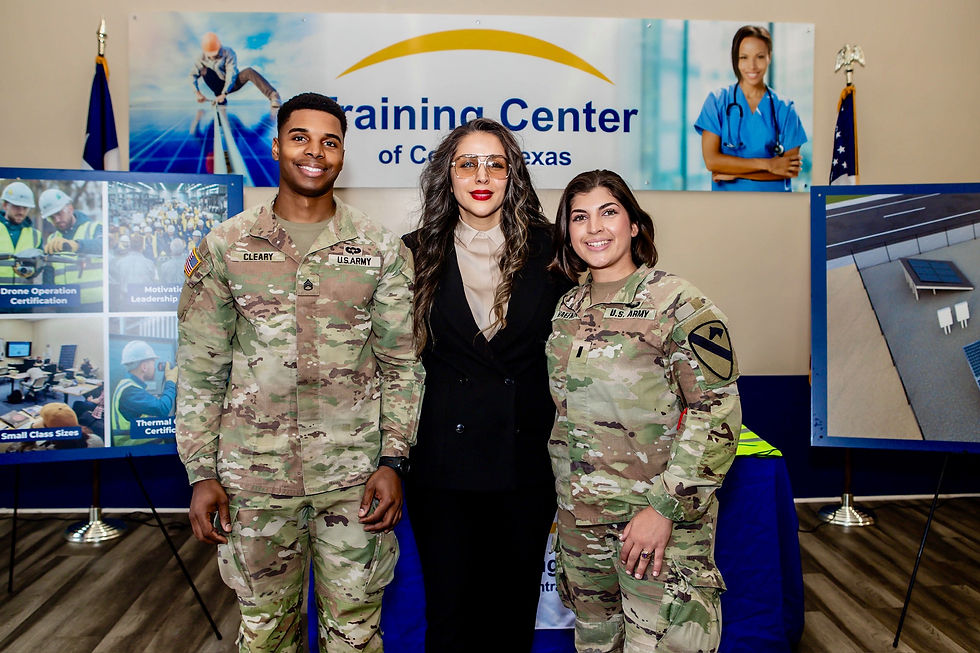Robotics in Clinical Care—How One Moment Changed Everything
- Saran Lotfollahzadeh

- Apr 17
- 2 min read

It Started with a Glitch in the OR
One of our students observed a robotic-assisted surgery simulation a few months ago. Halfway through the procedure, the robotic system displayed a sudden, minor alert, but it was enough to pause the operation. As the room filled with tension, the student calmly identified the issue: a misalignment in the port placement protocol. With guidance, she resolved it. The simulation resumed. The attending physician turned and said, “That’s the kind of awareness that saves real lives.”
That moment wasn’t just about the alert. It was about the shift from passively learning to becoming part of the system that delivers care. That’s what we teach at CMA-AI Central Texas.
From Surgery to Staining Slides: Robotics is Everywhere
People often associate robotics with high-tech surgery, but robotics is transforming every corner of healthcare. At CMA-AI, we don’t just introduce students to robotic-assisted procedures—we show them the whole picture: how robotics enhances efficiency, precision, and safety from the operating room to the pathology lab.
In the VR-enhanced simulation OR, students learn to:
Understand and maintain sterile workflows
Assist with robotic port placements
Dock systems efficiently
Troubleshoot robotic alerts with calm and competence
But that’s just the first chapter.
The Unexpected Frontier: Pathology Labs
In a quiet lab down the hall, another revolution is underway. Students are introduced to robotic systems in pathology and histotechnology—places most don’t associate with automation. And yet, it’s here where the groundwork for diagnostics begins:
Automated tissue processors and robotic microtomes
AI-powered slide scanners identify microscopic abnormalities
Robotic arms manage biopsy samples with unmatched accuracy
These machines are not just fast—they’re precise. When a student learns how to assist or troubleshoot one, they’re not just operating tech—they’re supporting real-time diagnostic medicine.
Clinical Logistics: The Silent Efficiency
Then there’s the logistics—the behind-the-scenes heroes. Autonomous delivery carts transport medications, robotic dispensers ensure dosing accuracy, and innovative communication systems link departments. These systems save time and reduce errors only if someone knows how to work with them.
At CMA-AI, our students do.
Training That Matches Reality
We’re not teaching theory alone. We’ve partnered with tech manufacturers to bring real, functioning robotic systems into our simulation labs. Our students touch, troubleshoot, and test these machines before they enter clinical jobs.
Because the future isn’t something we wait for—it’s something we prepare for.
A New Kind of Medical Assistant
At CMA-AI Central Texas, robotics isn’t an afterthought or an elective. It’s embedded in how we think, teach, and build the next generation of healthcare professionals.
The student who calmly addressed that alert in the simulation? She’s now shadowing in a local hospital, and every tech in the room knows—she’s not just trained. She’s ready.
By Saran Lotfollahzadeh, MD, MSCR Candidate
MD, General Surgeon, Pediatric Surgery Sub-Specialist
MSCR Candidate
AHA Cardio-Oncology SFRN Fellow
Medical Director, CMA-AI Training Center of Central Texas
Instructor in Medicine



Comments